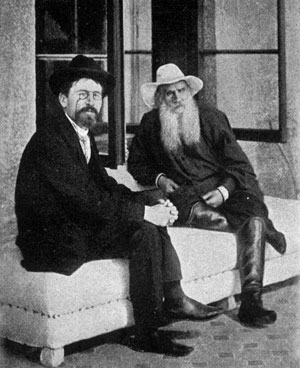<> <> 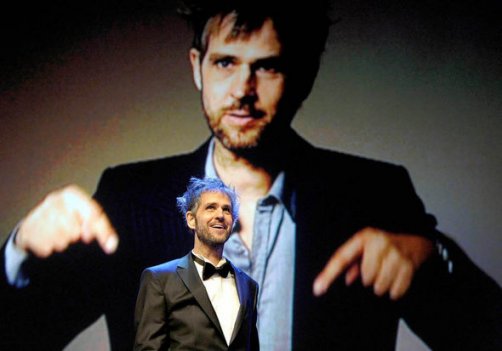
Christoph Schlingensief (24 October 1960, Oberhausen – 21 August 2010, Berlin)
Chistoph was a German film and theatre director, actor, artist, and author. Initially working as an independent underground filmmaker, Schlingensief later began staging productions for renowned theatres and festivals, which often were accompanied by public controversies. In the final years, he also worked for opera houses, and established himself as an artist.
Cultural rebel loses cancer battle
According to many, his desire to set his legacy in stone was manifest in a development project in Burkina Faso, one of Africa’s poorest countries, that if completed would include an opera house, a school providing music and film lessons for 500 children and an infirmary. Schlingensief called the project “Remdoogo – The Opera Village,” and the foundation stones for the Festival Hall of Africa were laid in February.
United Trash (youtube)
Church of Fear (youtube)
Schlingensief’s filmmaking techniques illustrate his aesthetic vicinity to Fassbinder: the tendency to base the treatment of a particular subject matter on a sudden idea or a topical occasion, the anarchic and nonchalant approach to the forms of dramatic portrayal, the spontaneity of performing as an inferior re-enactment of everyday reality as well as a casual, disturbing tendency towards aggressiveness. Imitation and irritation assume key significance here. The objective is to find the most direct way of documenting a unique, unrepeatable occurrence, which consequently assumes a theatrical character. Schlingensief’s films are personal statements – not just on the era in which they are set, but, in particular, on the time of their creation.
See a photo of Tilda Swinton and Christoph
Schlingenseif is seen here with British actress Tilda Swinton, with whom he had a romantic connection previously.
More than an artist: During the 1998 federal elections he founded a political party of his own, Chance 2000, to represent non-voters, the handicapped and other minorities. (Click to see the photo)
Photos from his homepage 
No other German director has in recent years been as active as Christoph Schlingensief in earning the term “political” for his theatre. As society’s concept of the political became increasingly arbitrary and theatrical, Schlingensief responded with a rather unusual cure: he fought against the haziness of politics by totally confusing supposed unambiguities.
From his early films in the 1980s, in which Hitler, rapists and mass shooters indulged in orgiastic mischief, to his dramas at the Berlin Volksbühne in the 1990s, whose chaotic scenes brought German icons such as Rudi Dutschke, Helmut Kohl or Rosa Luxemburg down off their pedestals, and to his performances in public (e.g. the artistic welfare mission 1997 at Hamburg’s main train station), one basic theme is always apparent: do not trust certainties!






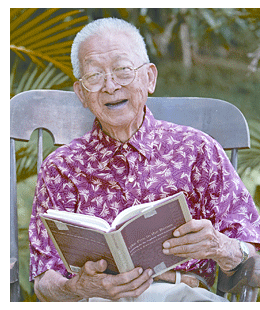

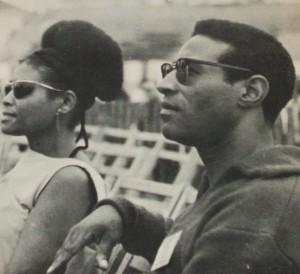
 (1978)
(1978)

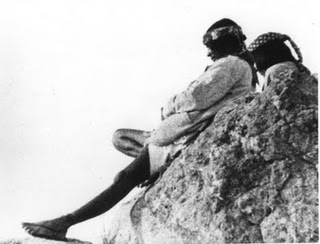
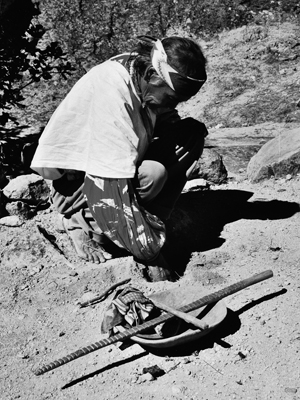
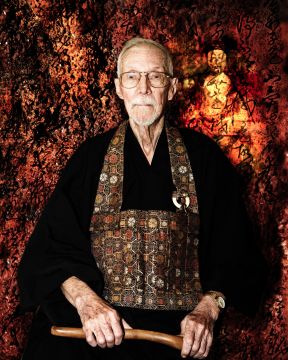 1917 – 2010
1917 – 2010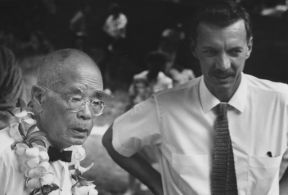 and Robert Aitken
and Robert Aitken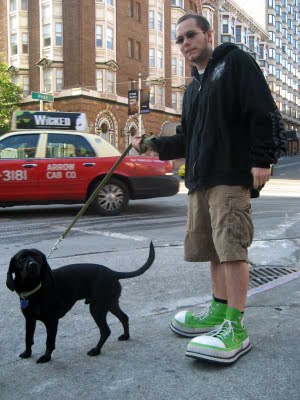 spotted by Jtwine in San Francisco.
spotted by Jtwine in San Francisco.
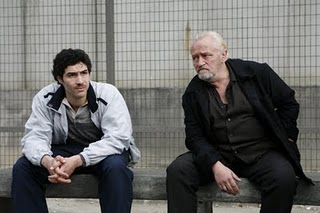
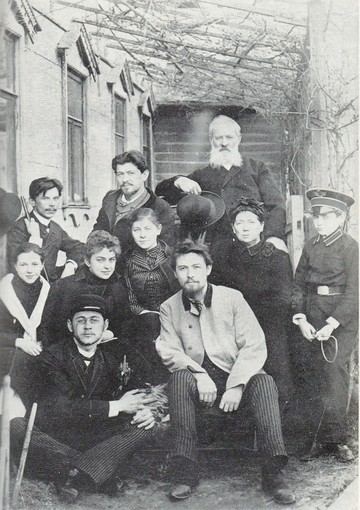 and his brother
and his brother